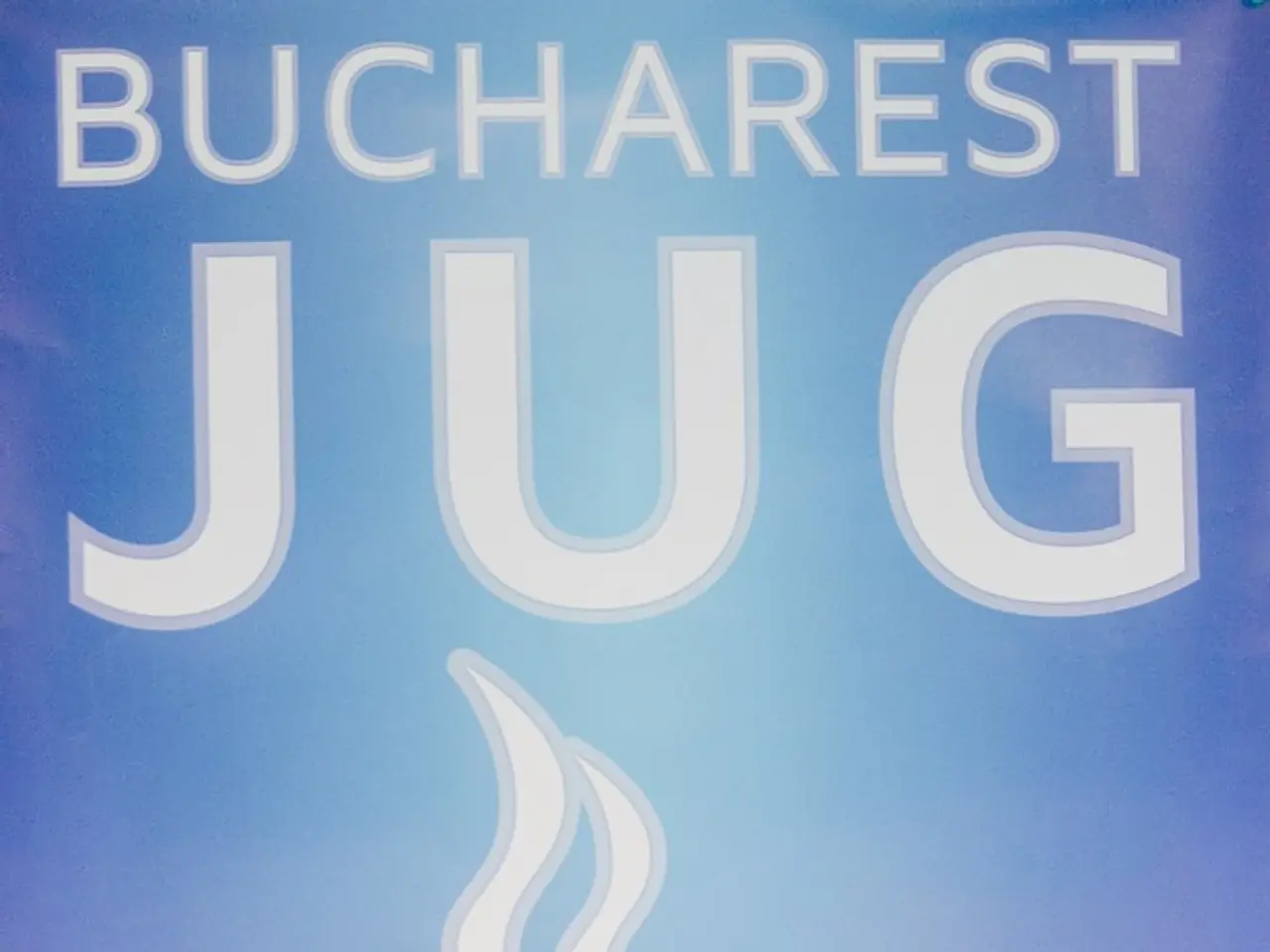Exploring NPR's Financial Support System
In the ever-evolving media landscape, National Public Radio (NPR) faces challenges in maintaining its sustainability and self-sufficiency. To address these issues, NPR is focusing on reducing its dependence on government support and instead emphasising private donations and corporate sponsorships to fund its operations [1].
NPR offers news, information, and cultural programming across various platforms, and its funding model aims to balance financial stability with editorial integrity in an increasingly competitive environment [2]. The organisation's funding comes primarily from member station dues, corporate sponsorships, individual contributions, and grants from the Corporation for Public Broadcasting (CPB) [2].
Approximately 41% of NPR's revenue comes from fees charged to its member stations for programming and distribution services, while corporate sponsorships contribute around 26% to NPR's funding [1]. Much of NPR's financial support flows indirectly through member stations that benefit from CPB grants [1]. The CPB's annual budget hovers around $445 million, with a significant portion earmarked for community service grants that support public radio and television stations [2].
However, the ongoing debates about funding in public broadcasting have highlighted the need for transparency and accountability. The current controversy surrounds efforts by the Trump administration and some House Republicans to rescind federal funding for public media, including NPR and PBS [1][2]. A legislative proposal introduced in Congress would claw back $1.1 billion over two years for the CPB, which provides indirect federal funds to NPR and similar organizations [1][2].
Critics argue that federal funding compromises editorial independence and potentially leads to biases, while advocates argue that this structure helps protect the editorial integrity of public media [1]. As a result, NPR and some public radio affiliates are suing the Trump administration over executive orders aimed at defunding them and potentially threatening their independence [1].
The importance of serving diverse audiences across the nation is a key focus for public media, including NPR. The organisation maintains that federal funding is necessary to support local journalism and ensure quality programming across the United States [2]. The overall impact on editorial independence is unclear, but the push to eliminate or reduce federal funding raises concerns that public media could become more dependent on private or politically motivated donors, potentially affecting editorial decisions in the long term [1].
The ongoing legal and political battles underscore the importance of understanding NPR's funding structure, which involves a complex interplay between public and private sources. As public media continues to adapt to changing media landscapes while upholding its core values, the need for transparency, accountability, and editorial integrity remains paramount.
[1] Koppel, D. (2019, April 10). The Trump Administration's War on Public Broadcasting. The New York Times. Retrieved from https://www.nytimes.com/2019/04/10/opinion/trump-public-broadcasting-cuts.html
[2] Kang, S. (2019, April 11). Trump administration moves to cut funding for public broadcasting. The Washington Post. Retrieved from https://www.washingtonpost.com/politics/trump-administration-moves-to-cut-funding-for-public-broadcasting/2019/04/11/a7722844-18f9-11e9-b84c-1d9e48a05627_story.html
NPR seeks to generate revenue from both private donations and business sponsorships, aiming to maintain a balanced financial structure while preserving editorial integrity [1]. The organization's funding is a delicate blend of member station dues, corporate sponsorships, individual contributions, grants from the Corporation for Public Broadcasting (CPB), and fees charged for programming and distribution services [1, 2].




